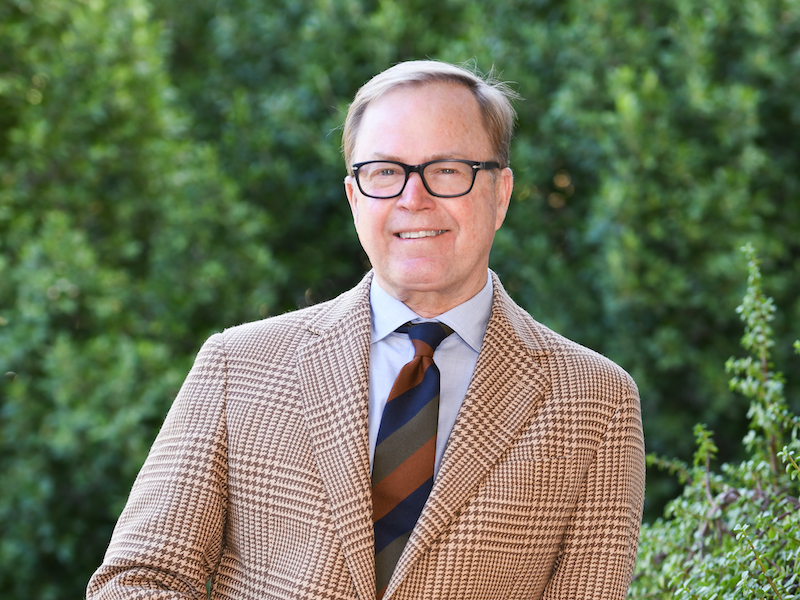
“I’m starting to become a glass half full person. . . . I think that at least one of the two anchors of the 60/40 [balanced portfolio] is going to start working. I wish I could tell you which one,” said Jurrien Timmer, director of global macro at Fidelity Investments, during a session at the Canadian Investment Review’s 2022 Investment Innovation Conference.
With interest rates rising and inflation starting to slacken, he noted he expects some improvement in the performance of equities or fixed income — though which one is dependent on how central banks restore inflation to between two and three per cent. “The goal is for the [consumer price index] in the U.S. to be about 2.5 per cent and the [U.S. Federal Reserve] is willing to break things in order to get there. If it’s going to break something and we get a recession, which seems increasingly probable sometime next year, then the 40 [per cent in bonds] should, at some point, start to work.”
Read: BoC efforts to cool inflation attracting long-term institutional investors: expert
The uncertainty around the prospects for both fixed income and equities highlight the importance of diversification, said Timmer. However, during the past year, institutional investors prioritized raising allocations to treasury bills, which have yielded more than four per cent returns. He said this isn’t a good long-term strategy.
“We’re all long-term investors, of course, and we need to be in long-duration assets in order to compound those returns and generate a real return over the long term. If we put that aside and invest in cash then we’re market timing. . . . I can tell you from personal experience that market timing is pretty much impossible — even if you nail the top, you’re going to miss the bottom.”
In the Fed’s mission to reduce inflation through interest rate hikes, predicting the bottom might be even more difficult, he added. “We just don’t know how smooth or jagged that path is going to be, whether the inflation numbers are going to come down on their own or whether they’re going to be forced down because we’re going to have a recession.”
Read: Inflation causing ‘great distortions’ in popular carbon footprint measurement, warns expert
In Timmer’s mind, the unemployment rate is one figure putting a spanner in the U.S.’s central bank plans for a smooth deflationary period. According to figures from the U.S. Department of Labor, the ratio of openings versus people looking for jobs reached 1:1.9. “The Fed would very much like to get that number down. I don’t think it wants to see the unemployment rate go up, but that it doesn’t exceed the supply-demand imbalance.”
A recession looks likely, he said, noting that every time interest rates have sharpened as quickly as they have in 2022, a recession followed. Whether or not it does again, he suggested institutional investors avoid feeling like they face a binary choice with their investments.
“You shouldn’t say, ‘I’m going to sell all risk assets because we might have a recession later,’ because we don’t know when that recession would come. We don’t know how bad it’s going to be, how long it’s going to last or how much has already priced into the market.”
Read more coverage of the 2022 Investment Innovation Conference.
